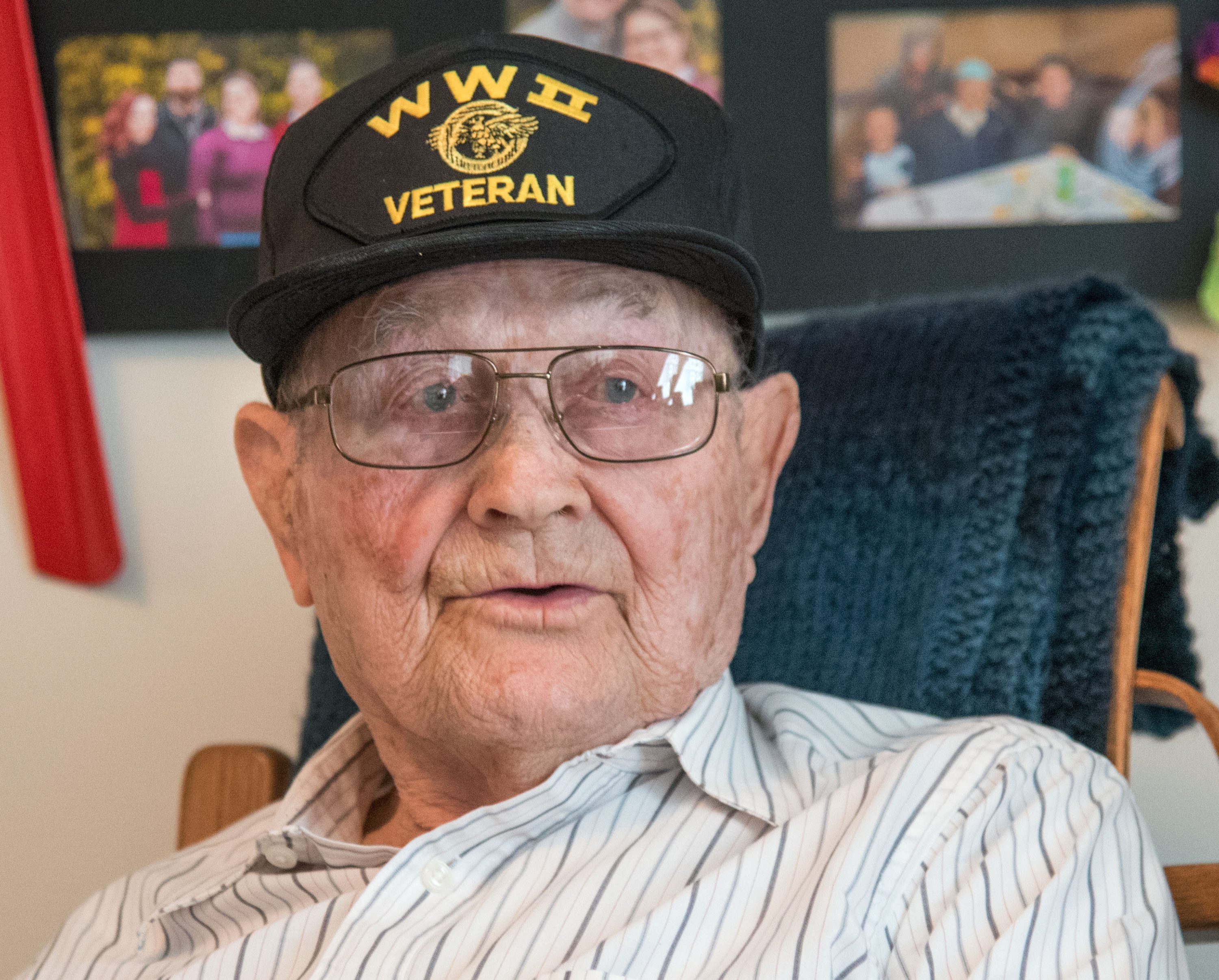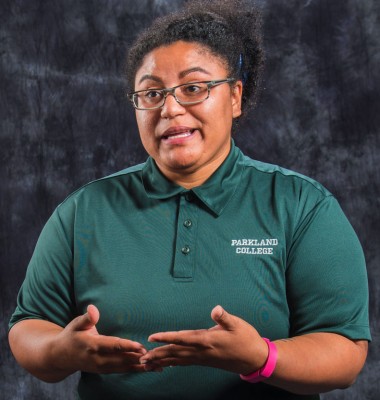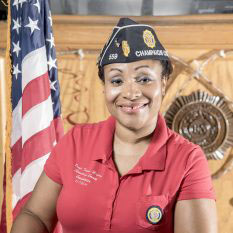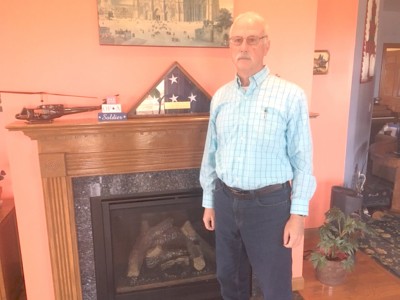Paul Rector
By Paul Wood

Photo By Robin Scholz/The News-Gazette
SAVOY — New Guinea and the Philippines were not safe places to be as the Allies pushed back Japanese forces in World War II.
That’s an understatement. Lt. Paul Rector, 97, spent much of his service cramped in a tank. And if he poked his head out, a sniper could have taken it off.
“We were shot at all the time,” he said.
He was born in Oklahoma and graduated from Urbana High School in 1940.
After three semesters at the University of Illinois, Rector was drafted into the Army.
“I didn’t want to be in the Army, so I worked to enlist in the Marines and Coast Guard, but was rejected,” he said,
The problem? He was too short.
That didn’t bother the Army at all.
It was a different time. Rector’s being an Eagle Scout helped him qualify for Officers Training School at Fort Knox.
Wartime service was a family affair. He had two brothers in uniform. Another brother was a machinist at the Hanford Project, part of the effort to build the atomic bomb.
Rector was commissioned as second lieutenant in 1943 — once commissioned, he married Billie West of Sidney, whom he’d known from speech class.
Rector volunteered for the tank corps. When he was sent overseas in 1944, nobody was told the destination.
Debarking from San Francisco and sailing under the Golden Gate Bridge, Rector noticed the ship was headed north. His unit had been issued arctic wear.
By dawn, he realized that the North Star “wasn’t on the north side any more” — he was on the way to the South Pacific in a Norwegian commercial ship with no convoy to protect it.
The destination was Buna, a village in New Guinea.
Rector was in the 775th Tank Battalion. However, the ship carrying their tanks was sunk before it reached New Guinea.
The soldiers worried that they’d be moved into infantry, but replacement equipment arrived.
Rector also had a jeep; he and the vehicles were called “Lt. Half Pint and his Peep.”
During jungle training, a tank got jammed in a low place. They turned the gun to the rear and loaded an armor piercing shell. When they fired, the recoil made the tank jump out of the ditch, Rector remembered.
In December 1945, LST 552 was loaded for combat. They left Buna and sailed up the coast to Hollandia, the Dutch half of New Guinea, and waited. On Christmas Eve, they headed north in a small convoy of six to eight ships.
Other ships joined the convoy until there were ships as far as they could see in all directions. Troop and equipment ships were in the center; carriers, destroyers and battleships were beyond sight, his notes say.
Kamikaze pilots targeted some of the ships.
At one point, Rector shared living space with Champaign’s Morris Hecker.
They’d been crosstown rivals in high school wrestling, but they bunked together at one point, Rector recalled.
Rector’s tank unit was sent to the Lingayen Gulf in the Philippines in January 1945.
The Japanese coastal artillery was moved from Corregidor to target the beach he landed on.
A sergeant ordered “enemy coming in, circle the men” once when the area grew ominously quiet.
“You couldn’t hear the birds,” he said. Japanese troops were edging toward the site.
He was discharged as a first lieutenant and returned to Urbana on Christmas Day in 1945, meeting his year-old daughter.
He and Billie have three children.
Rector has had several jobs, but he is proudest of being a union pipefitter — he’s still in the union.
Do you know a veteran who could share a story about military service? Contact Paul Wood at pwood@news-gazette.com.
Read more stories from local veterans:
 Maria Heap
CHAMPAIGN — After living in five states and two continents and making a few career changes, Navy veteran Maria Heap is t …
Maria Heap
CHAMPAIGN — After living in five states and two continents and making a few career changes, Navy veteran Maria Heap is t …
 Ronnie Turner-Winston
URBANA — Ronnie Turner-Winston considered her role as a chapel management specialist working with soldiers during Operat …
Ronnie Turner-Winston
URBANA — Ronnie Turner-Winston considered her role as a chapel management specialist working with soldiers during Operat …
 Stephen Reinhart
RURAL PESOTUM — Lt. Col. Stephen Reinhart started out No. 1 in the draft lottery but found out he liked the Army so much …
Stephen Reinhart
RURAL PESOTUM — Lt. Col. Stephen Reinhart started out No. 1 in the draft lottery but found out he liked the Army so much …